Introducing the VDubs Surfer Van Collection of art designs by Edward M. Fielding
On Red Bubble:
http://www.redbubble.com/people/peanutroaster/works/14638640-surfer-vans?grid_pos=83&p=t-shirt

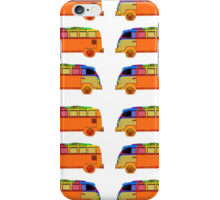
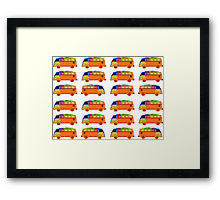

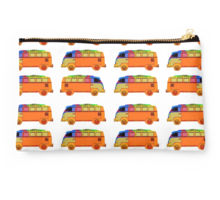
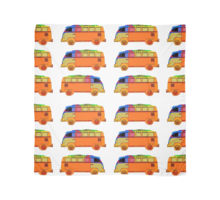
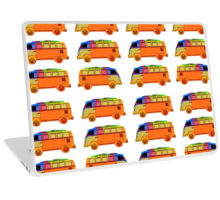
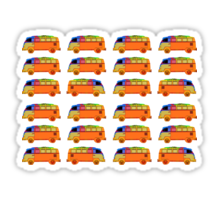


 Coffee mugs, scarfs, tote bags, cell phone cases, stickers, laptop skins, studio pouches, frame art prints and t-shirts all featuring the iconic Volkswagen surfer van or bus motif by Edward M. Fielding. A number of different styles and colors are available in this series. Available on Red Bubble.
Coffee mugs, scarfs, tote bags, cell phone cases, stickers, laptop skins, studio pouches, frame art prints and t-shirts all featuring the iconic Volkswagen surfer van or bus motif by Edward M. Fielding. A number of different styles and colors are available in this series. Available on Red Bubble.
………………………………………………….
Also available in a number of products, canvases, art prints and framed art on Fine Art America including these selections:
VDUBS SERIES: http://fineartamerica.com/profiles/edward-fielding.html?tab=artworkgalleries&artworkgalleryid=544111
The Volkswagen Type 2, known officially (depending on body type) as the Transporter, Kombi or Microbus, or, informally, as the Bus (US) or Camper (UK), is a panel van introduced in 1950 by the Germanautomaker Volkswagen as its second car model. Following – and initially deriving from Volkswagen’s first model, the Type 1 (Beetle) – it was given the factory designation Type 2.[10]
As one of the forerunners of the modern cargo and passenger vans, the Type 2 gave rise to forward control competitors in the United States in the 1960s, including the Ford Econoline, the Dodge A100, and theChevrolet Corvair 95 Corvan, the latter adopting the Type 2’s rear-engine configuration. European competition included the 1960s FF layout Renault Estafette and the FR layout Ford Transit.
Like the Beetle, the van has received numerous nicknames worldwide, including the “microbus”, “minibus”,[11] and, because of its popularity during the counterculture movement of the 1960s, “Hippie van”.
Brazil contained the last factory in the world that produced the T2. Production in Brazil ceased on December 31, 2013, due to the introduction of more stringent safety regulations in the country.[9] This marks the end of an era with the rear-engine Volkswagens manufactured (after the 2002 termination of its T3 successor in South Africa), which first originated in 1935 with their Type 1 prototypes.